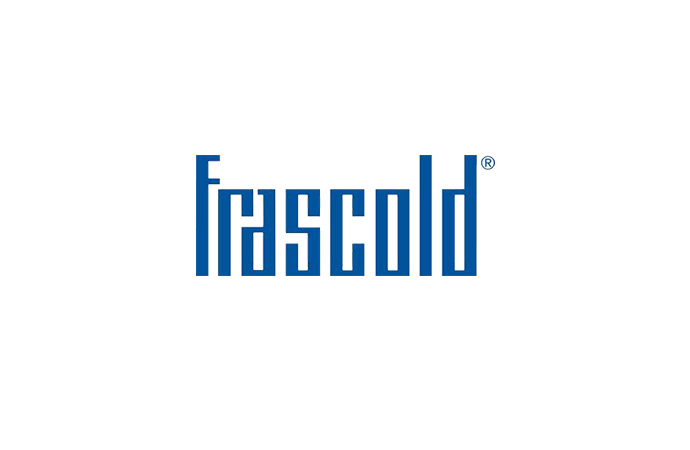Natural refrigerant-based technologies are becoming more numerous and efficient in warm climates, heard ATMOsphere Europe participants.

Livio Perrotta, LU-VE at ATMOsphere Europe 2018.
Recent technology developments are triggering wider use of CO2 technology in warm climates, pushing south the CO2 equator and widening the business opportunities for natural refrigerants-based technology, heard participants at ATMOsphere Europe 2018, organised by shecco – publisher of this website – at Lago di Garda, Italy last week (19-21 November).
CO2 systems represent an increasing share of Carrier’s production. Innovations such as parallel compression, work recovery done by the expander, and flooded evaporator are helping the U.S. multinational to overcome performance problems faced by CO2 in warm climates (caused for example by high external temperatures, high absolute pressure differences, and superheat on the evaporator).
“Our CO2OLtecEVO is now able to ensure 30% annual energy saving compared to first-generation transcritical systems,” said Sascha Hellmann, a system developer at Carrier. “There is no one-size-fits-all: you need to look carefully at each application to see what is best in each context”.
In this regard, “it is important to monitor the evolution in technology and applications to target different climates, and to be able to install systems south of the ‘CO2 equator’,” Hellmann said.
EPTA’s Refrigeration Systems Sales & Marketing Manager Francesco Mastrapasqua presented the Italian firm’s FTE (full TC efficiency) concept. “The FTE system is leading to annual energy savings of around 10% in warm countries like Malta, Italy, and Portugal,” said Mastrapasqua.
“FTE could use parallel compression, but we want to promote it as a simple system,” he said, explaining that it was developed to take account of, “the situation in developing countries where the knowledge about CO2 is not that advanced”.
Mastrapasqua said that in one case study in Malta, the ROI on the system was just 1.5 years.
The FTE was also the subject of a site visit to the Italmark supermarket in Brescia. Alvise Case, energy manager at EPTA, said that the system had been running for two years. “It is leading to significant energy savings when compared with conventional installations in the same area,” Case said.
LU-VE is also developing technologies that help to improve efficiency in warm climates. “We have been pioneers of CO2 TC installations in Europe since the early 2000s, and in 2018 we were proud to install the first CO2 TC systems in India and Jordan,” said Marketing Manager Livio Perrotta.
The Emeritus, a solution developed with the Polytechnic University of Milan, involves adiabatic precooling with a spray function. In this way, the system exploits the synergy between two effects: adiabatic humidification and the evaporation of water on the coil. Thanks to a sophisticated control system, the Emeritus boasts efficient performance in different climatic conditions.
The group is now “pushing to install it in southern Italy,” said Perrotta. “The results of a simulation for a store in Trapani (Sicily) show that the Emeritus would lead to 9% energy savings in a year, thanks to the increased efficiency of the system and the reduction in outlet temperature,” he said.
Perrotta stressed the importance of training. “Not all installers are familiar with CO2,” he said.
Giovanni Gonzato, sales and applications engineer at Frascold, showed the results of simulations done for a CO2 TC system using the firm’s CapaFlex capacity control system. “It was developed in a partnership with the University of Padua,” said Gonzato.
“Thanks to the innovative stepless capacity control – without the use of variable frequency driver – the CapaFlex configuration is more efficient than conventional systems in high ambient temperatures,” Gonzato said.
“Sometimes we do not need to look at the needs in terms of energy efficiency only, but also in economic terms,” he said, showing how Capaflex would lead to lower installation and maintenance costs. “We are running more simulations to support and validate this application to understand how to better use it,” he said.
Related stories

_1617096198.png)



